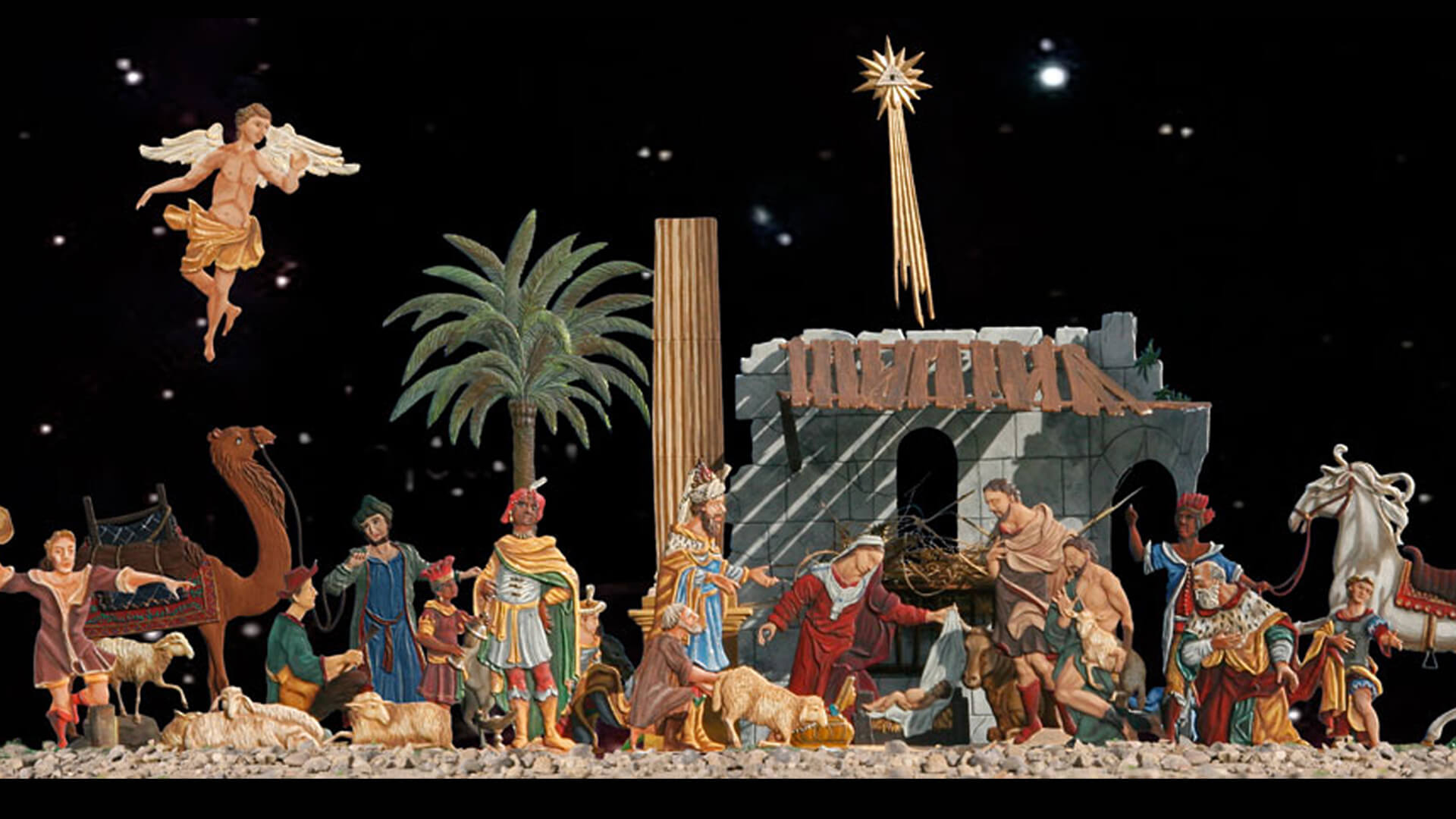Nativity Scenes – A Brief History
Nativity sets, or crèches, are depictions of the birth of Jesus Christ, traditionally displayed during the Christmas season. Their history is rooted in Christian tradition, evolving over the centuries with cultural and regional variations.
The earliest nativity scenes date back to the 13th century. Saint Francis of Assisi is often credited with popularizing the nativity scene when he staged a live recreation of the birth of Jesus in 1223. He used real people and animals in the town of Greccio, Italy, to bring the story of Christ’s birth to life for those who could not read the scriptures. This living nativity inspired a lasting tradition of depicting the holy family, animals, and other figures related to the biblical story.
By the 14th century, static nativity scenes, often made of wood or clay, began to appear in churches throughout Italy and other parts of Europe. These early crèches were mainly displayed in churches and were often large, with life-sized figures.
During the Baroque period (17th and 18th centuries), nativity scenes grew more elaborate. They became central to Christmas celebrations in Southern European countries like Spain, Portugal, and Italy, and began to be displayed in homes as well as churches. In Italy, especially in Naples, artisans began creating intricate nativity scenes, known as “presepi,” with beautifully crafted figures, often including detailed background scenes of everyday life in 18th-century Naples.
In the 19th century, nativity sets became more widely available and were often mass-produced. They became common in homes across Europe and the Americas. In the 20th century, plastic and other modern materials were used to make affordable nativity sets for the general public.
Today, nativity scenes can range from simple, minimalist designs to intricate displays with dozens of figures. They remain a central part of Christmas traditions in many Christian homes and communities, serving as both a religious symbol and a cultural artifact.
Our Wilhelm Schweizer Nativity, 26 piece hand-cast and hand-painted pewter, reflect these generations of tradition and is sure to become a cherished keepsake in your household. You will always, with the advent of Christmas, look forward to carefully unwrapping and lovingly placing the Nativity pieces on your Christmas mantle.

